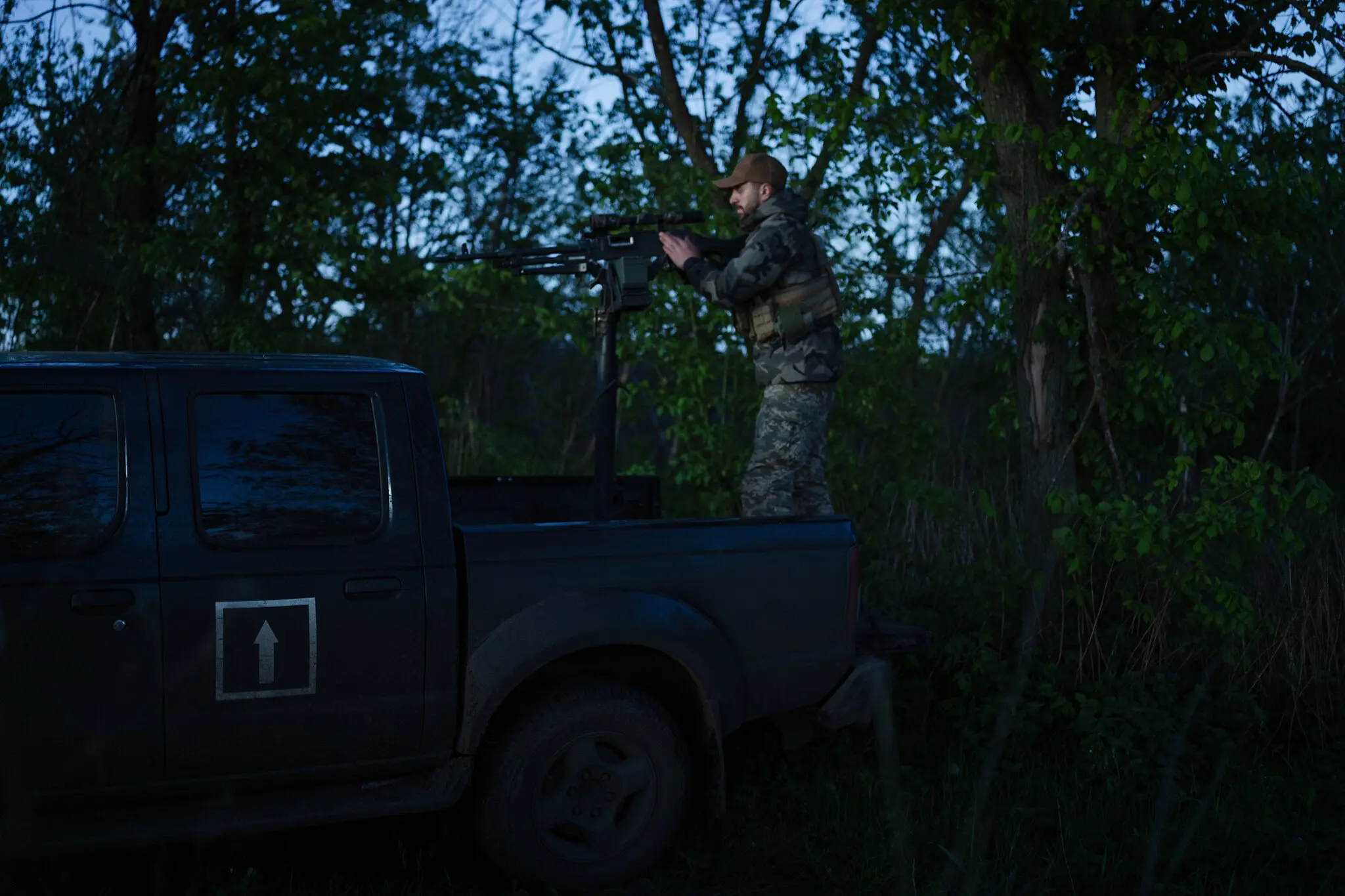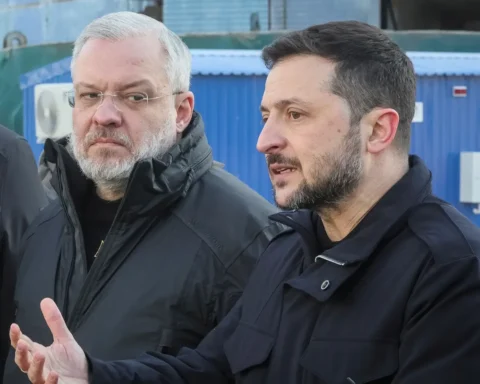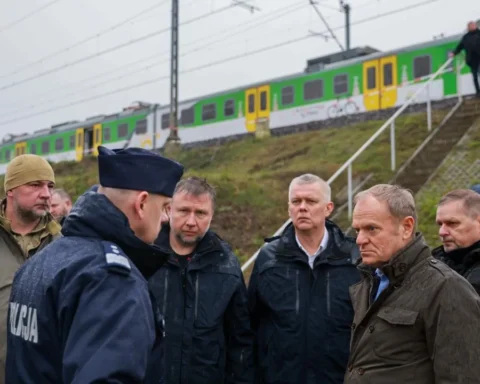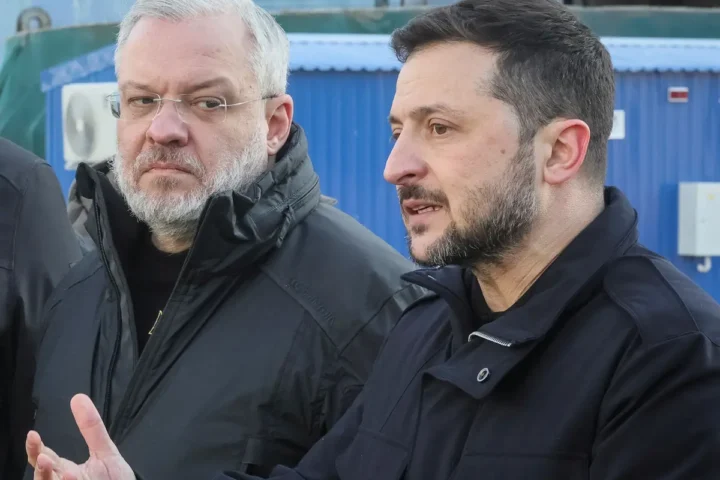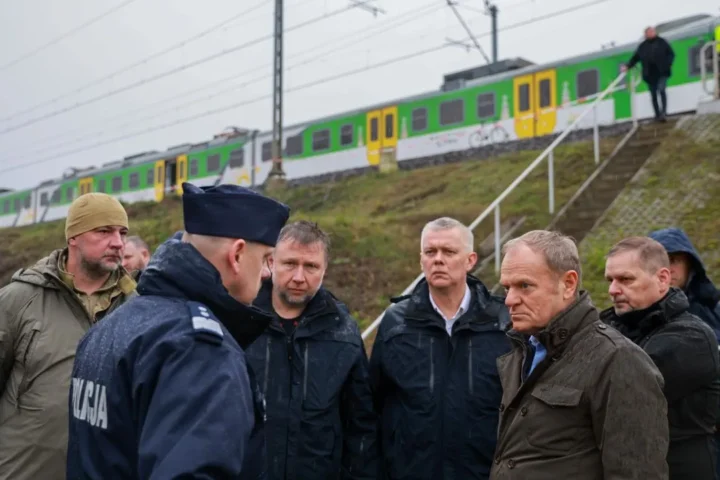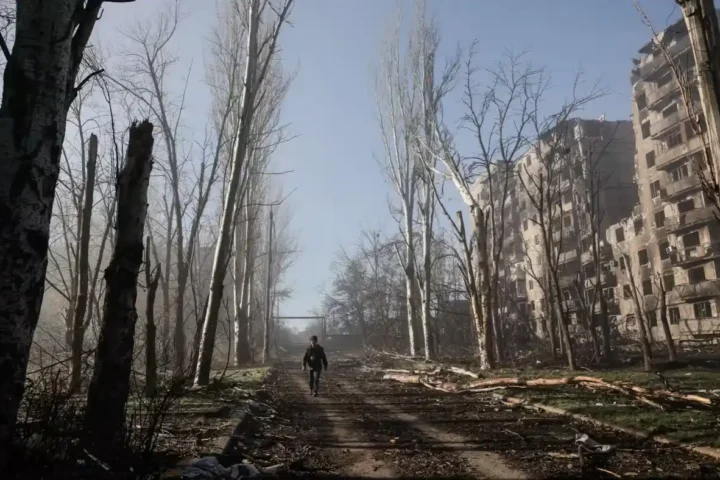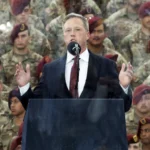Amid President Donald Trump’s ambiguous rhetoric about supporting Ukraine, European nations are increasingly confident in their ability to provide Kyiv with financial and military assistance — even if the United States decides to step back from the conflict and focus on normalizing relations with Moscow.
However, as European officials and experts admit, they cannot fully replace key American capabilities, especially in operational intelligence and air defense. These components are critical to the effectiveness of Ukraine’s military operations.
“The Ukrainians don’t want this [American intelligence] cut off under any circumstances,” said Camille Grand, former NATO assistant secretary general. He emphasized that U.S. intelligence is so advanced that it can direct Ukrainian forces to the exact locations of Russian brigade headquarters, where to fire missiles, and how to organize air defense against incoming threats.
Despite Trump’s regular complaints about U.S. aid to Ukraine, Washington continues to provide Kyiv with intelligence and deliver weapons approved during the administration of Joseph Biden. However, the $61 billion allocated for this effort is nearly exhausted, and there is no indication that new funding will be approved in Washington.
As Ukraine escalates attacks on Russian infrastructure, including bridges, NATO defense ministers are meeting in Brussels to discuss the next steps. Ukrainian officials are raising urgent alarms about weapon shortages, while Russia intensifies its offensive operations.
American Support: Irreplaceable Resources and Limited Time
According to European analysts, even if Trump returns to the White House, it is unlikely he will completely cut off Ukraine’s access to U.S. intelligence or the Starlink satellite system. Nor is he expected to prevent European countries from purchasing American weapons for transfer to Ukraine — including air defense systems that are superior to their European counterparts.
Some of this optimism comes from Trump’s apparent disillusionment with Vladimir Putin. As The New York Times reports, the Russian president continues to escalate violence, target civilian infrastructure, and ignore calls for a cease-fire. Recent talks in Istanbul between Russia and Ukraine yielded no meaningful progress.
Meanwhile, European nations — including key NATO and EU members — remain united in their commitment to Ukraine, regardless of Washington’s stance. A sovereign, independent Ukraine is seen as a cornerstone of Europe’s own security. Accepting Russia’s demand to roll NATO back to its 1997 borders would recreate a gray zone of instability across Central Europe.
NATO has already stationed forces in member states bordering Russia — from the Baltics to Bulgaria — including eight multinational battalions, with a ninth soon to be deployed in Finland.
“The Europeans have made a strategic decision: Ukraine cannot be overrun,” said Lawrence Freedman, professor emeritus at King’s College London.
Europe’s Financial and Industrial Capacity
Money is not the primary issue. Europe is already providing more aid to Ukraine than the United States. According to Kaja Kallas, the EU’s foreign policy chief, the EU has committed at least €23 billion ($26 billion) for Ukraine in 2025. More could be raised through new defense loans or by leveraging or seizing €210 billion in frozen Russian assets held in Europe.
The United States, meanwhile, has signed a controversial deal with Ukraine granting access to mineral resources — a form of compensation, some analysts argue, that could allow the U.S. to deduct arms deliveries from Ukraine’s share, enabling Trump to argue that the aid is not a “gift.”
As the war evolves, it has become somewhat less expensive: both sides rely more on drones and artillery than on tanks and aircraft. European arms factories are ramping up production, supplying Ukraine with essential artillery shells. According to Freedman, the Ukrainian defense industry is proving to be “more efficient and adaptable than ours.”
Just last week, German Chancellor Friedrich Merz announced a $5.7 billion aid package for Ukraine, including investments in missile production inside the country. President Volodymyr Zelensky stated on Monday that Ukraine now produces about 40% of its own military needs — from drones and missiles to armored vehicles and artillery.
However, the time lag between investment and delivery worries Kyiv, especially as U.S. aid begins to dry up. Air defense missiles — like the American Patriot — are especially hard to obtain. Some Patriots have been donated, primarily from German stockpiles, and Europe produces its own alternatives like the SAMP/T. But these cannot intercept high-speed ballistic missiles as the Patriot can.
Military Outlook: Russia’s Offensive and Ukraine’s Defense
There is no real substitute for the American HIMARS mobile long-range missile system. Europe has air-launched cruise missiles like the Storm Shadow and Scalp, but in limited numbers, and Germany has yet to approve the export of its Taurus missile.
Still, analysts are cautiously optimistic. “Ukraine can repel the summer offensive without major losses,” Freedman said. Even if Russian forces seize new ground, he added, they lack the trained troops to hold it. “They still have no better idea than to throw people at the front lines.”
According to Jack Watling of the British defense think tank RUSI, if Ukraine can withstand the offensive, Russia will have depleted much of its arsenal and will be increasingly dependent on new production — and on vulnerable global supply chains and imported microchips.
Seth Jones of the Center for Strategic and International Studies noted that Russia has gained less than 1% of Ukrainian territory since January 2024 — at great human cost. Last month alone, Russian forces were losing about 1,000 personnel a day — dead, wounded, or missing — according to Camille Grand. British defense intelligence estimates that by this summer, Russia will have suffered one million casualties, both killed and wounded.
This article was prepared based on materials published by The New York Times. The author does not claim authorship of the original text but presents their interpretation of the content for informational purposes.
The original article can be found at the following link: The New York Times.
All rights to the original text belong to The New York Times.


